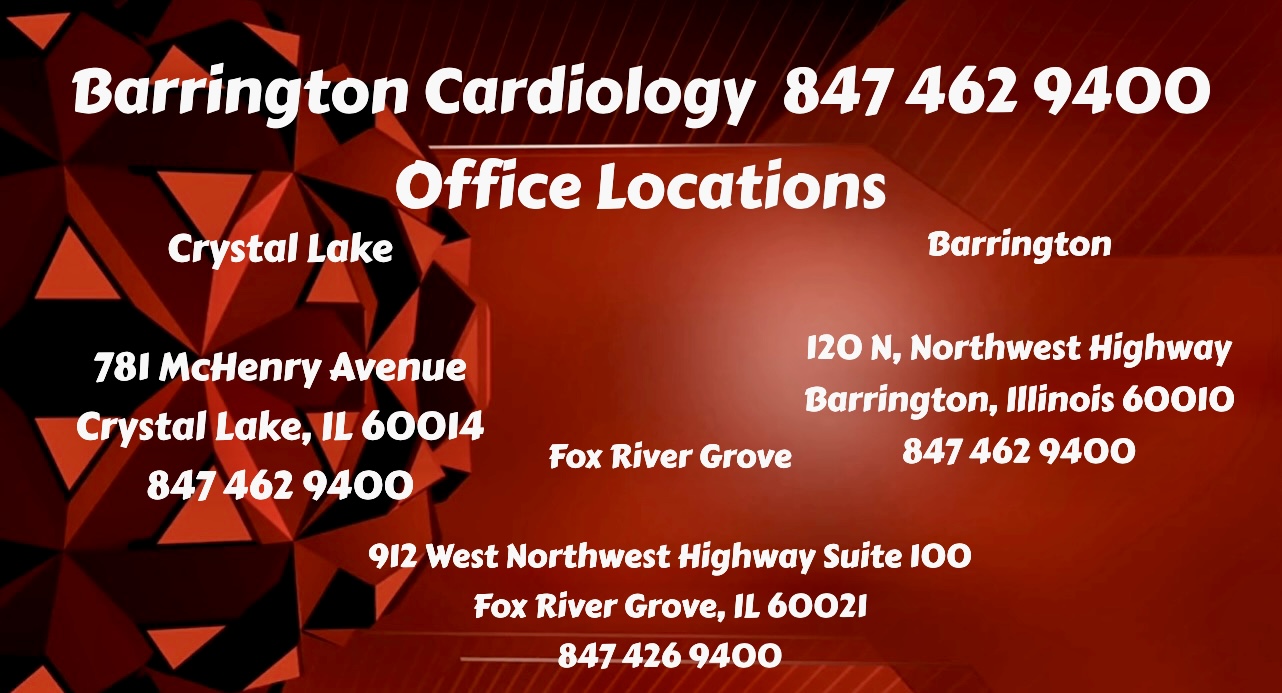What is a nuclear stress test
A nuclear stress test uses radioactive dye and an imaging machine to generate pictures of the blood flow to your heart. The test compares blood flow while you are at rest to the blood flow while exercising , showing areas with poor blood flow or damage in your heart.
The test involves injecting radioactive dye, then taking two sets of pictures of your heart — one while you’re at rest and another after exertion.
There are two types of nuclear stress test :
- Walking test , or Bruce protocol. Images are taking before and after walking on the treadmill.
-
Pharmacological test; if you aren’t able to exercise ,you’ll receive a drug through an IV that mimics exercise.
What to do before a Nuclear Stress Test – walking or pharmacological
-
Do not eat for 4 hours before the test. You may drink water
-
Avoid caffeine for 24 hours prior to the test . Be aware of caffeinated products such as tea, chocolate , soft drinks ;avoid decaffeinated beverages and over-the-counter medications that contain caffeine, such as diet pills or headache medicines ( excedrin)
-
Hold the morning of the test beta blockers (metoprolol, carvedilol ,bystolic, atenolol), calcium channels blockers ( diltiazem, verapamil), and nitroglycerin ( sublingual, patch, imdur) .Bring your beta blocker with you to take after the test.
-
Take all the other medications with water ; do not skip the rest of them
-
Manage your diabetes : if you are not eating for 6 hours , skip the oral diabetic pill ; if you are on insulin, take half your regular morning dose.
-
Stop taking dipyridamole 48 hours prior to the test (Aggrenox, Persantine, Permole)
-
Stop taking theophylline (Theolair) and aminophylline 12 hours before the test
-
Wear comfortable clothes and shoes .
What to expect during the test
-
An IV (small needle) in the vein of your arm or hand
-
A liquid containing radioactivity will be injected through the IV. This helps your heart show up better on the images .
-
About 30 to 60 minutes later, you will lie down on a table and a camera will rotate around your chest taking pictures of your heart. This lasts less than 30 minutes
-
You will be monitored with an EKG (electrocardiogram) machine throughout the test
-
If you can exercise, you will walk on a treadmill for 5 to 15 minutes. You will start at a slow speed. We will slowly increase the speed and level of incline.( Bruce protocol
-
If you cannot exercise, we will give you medicine to mimic the effects of exercise. The medicine goes through the IV slowly. Mild side effects can occur – headache,nausea; they will not last more than 15 minutes.
-
During the stress test, we will again inject liquid through your IV.
-
After the stress test, you will wait 30 to 60 minutes. We will then take more pictures of your heart.
When will I receive my results ?
You should receive your results within a 3 days . If you have not heard from us within one week, call us .
How about radiation ?
“The average person receives about 3 millisieverts (mSv) of background radiation per year from natural sources. A coronary artery calcium scan provides about 1 mSv, which is similar to the radiation from a mammogram. With modern techniques, the radiation from a CT angiogram ranges from 2 to 7 mSv, while the radiation from nuclear medicine stress tests ranges from 4 to 10 mSv.
The theoretical increased risk of cancer from even several nuclear stress tests is very small, especially considering that radiation-induced cancers don’t occur until decades after exposure, says Dr. Blankstein. People in their 60s and 70s are far more likely to die from other causes — including heart disease — before developing cancer from an imaging test, he adds. Still, it makes sense to avoid unnecessary radiation exposure whenever possible.”.
https://www.health.harvard.edu/heart-health/radiation-from-heart-imaging-what-you-need-to-know

Carl Aronson